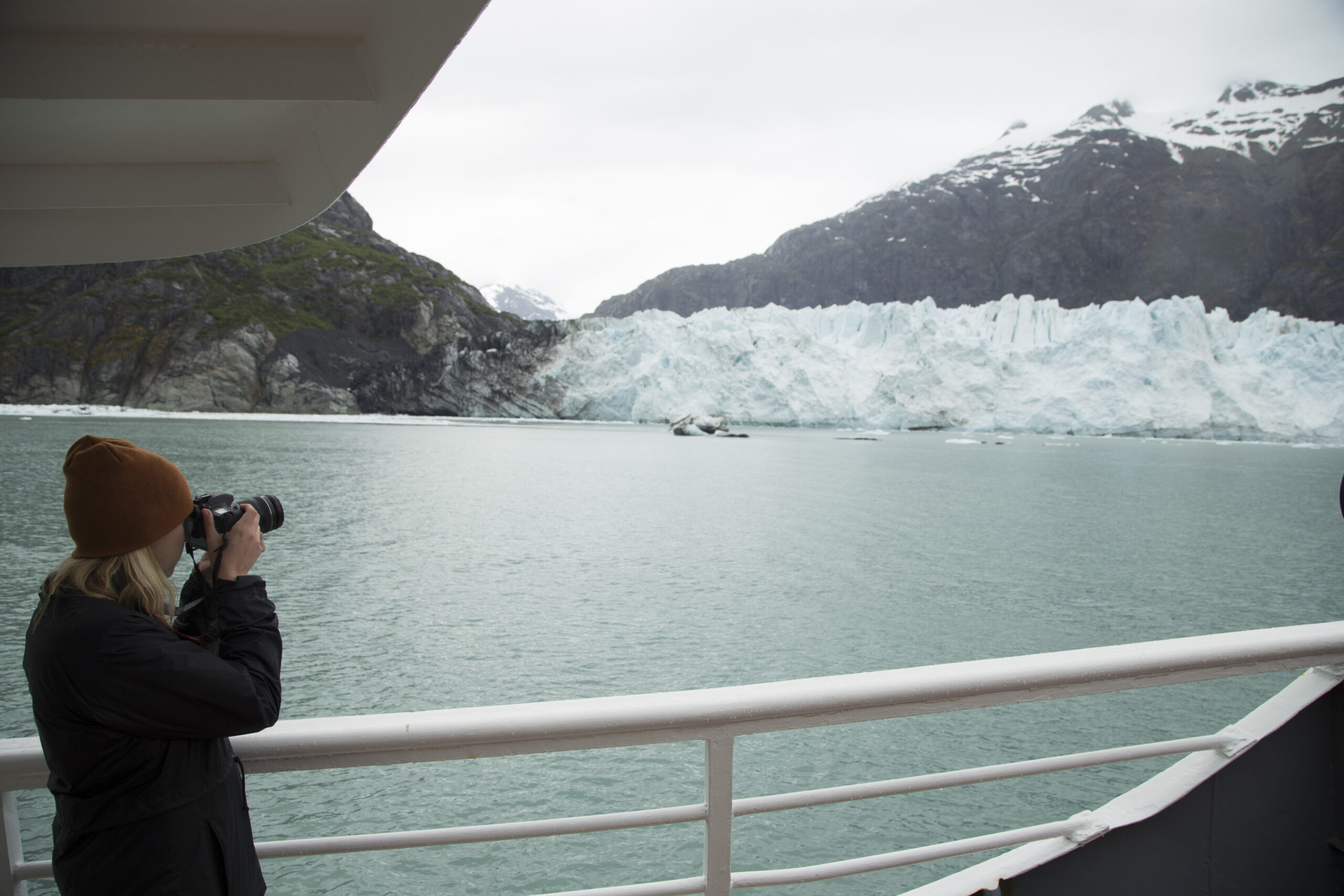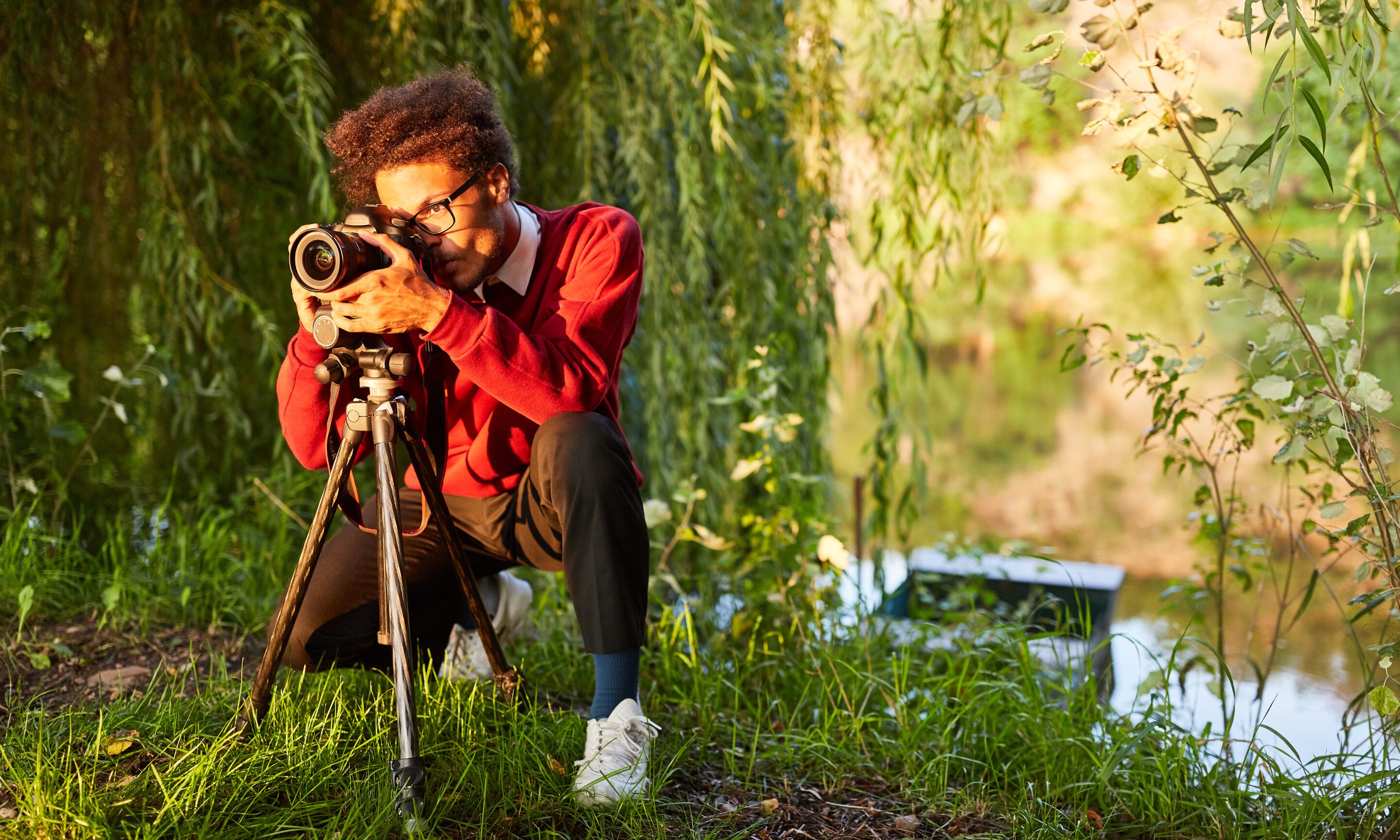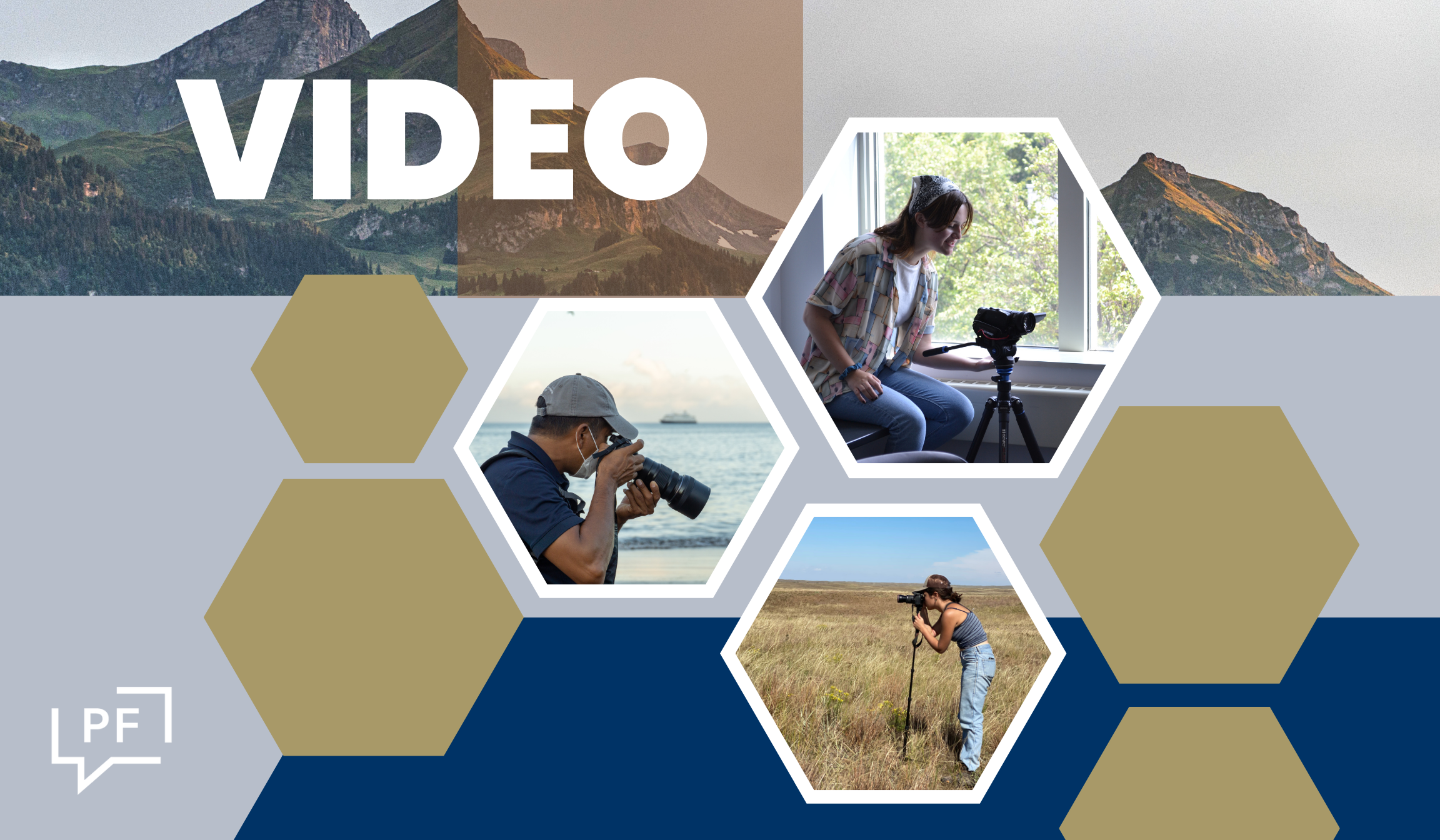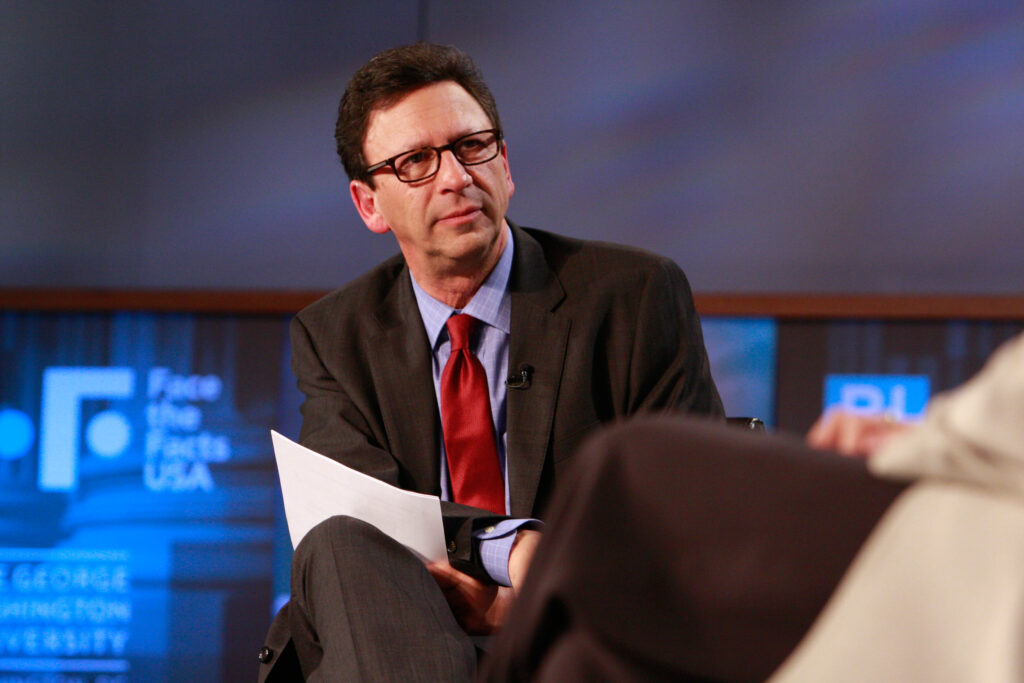The Art of the Interview
An interview is a powerful tool in any storytelling medium, allowing you to capture the essence of your subject’s experiences and perspectives. To conduct an engaging and impactful interview, consider the following guidelines.






















